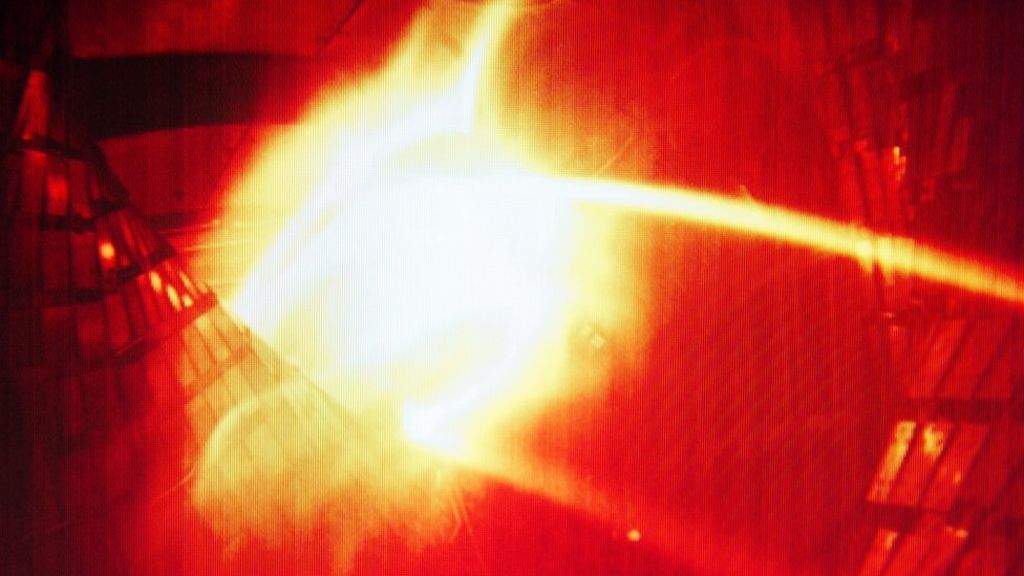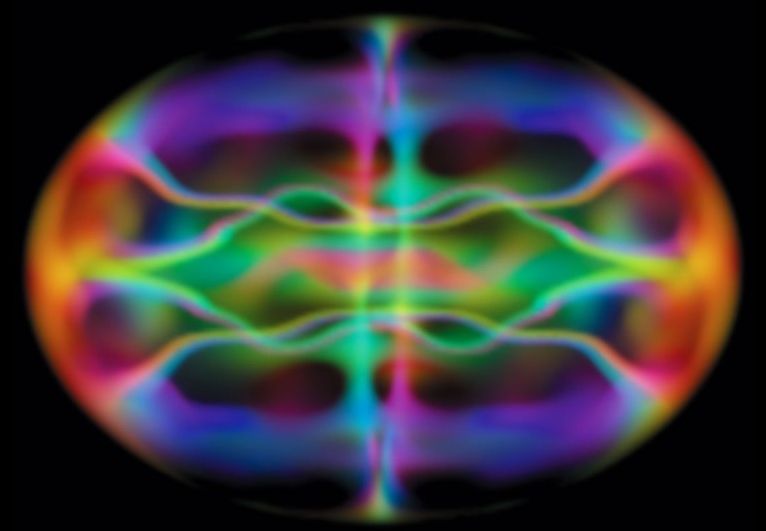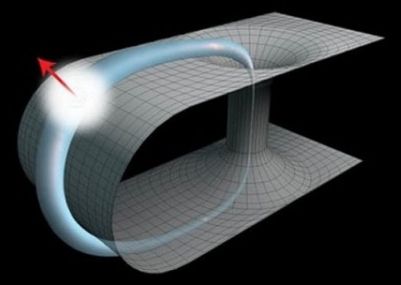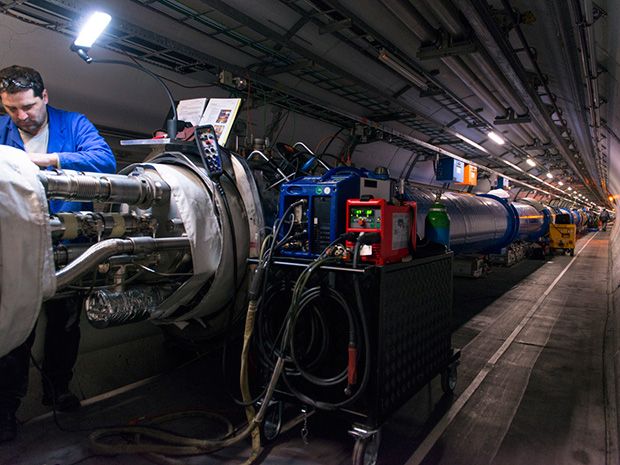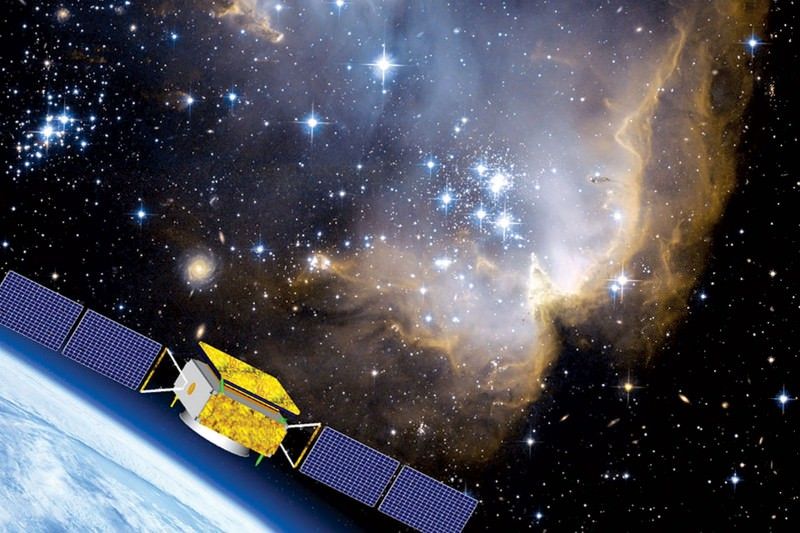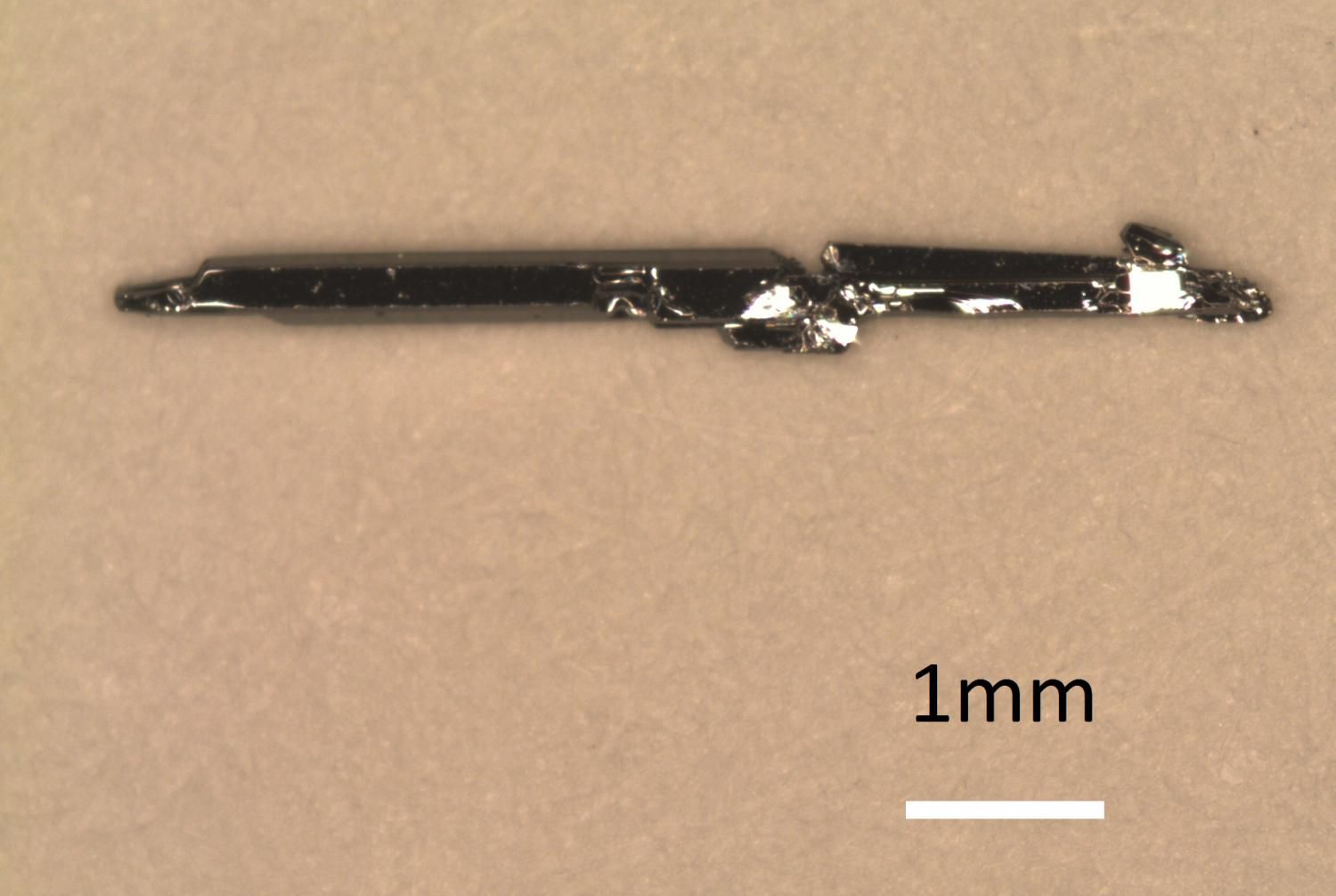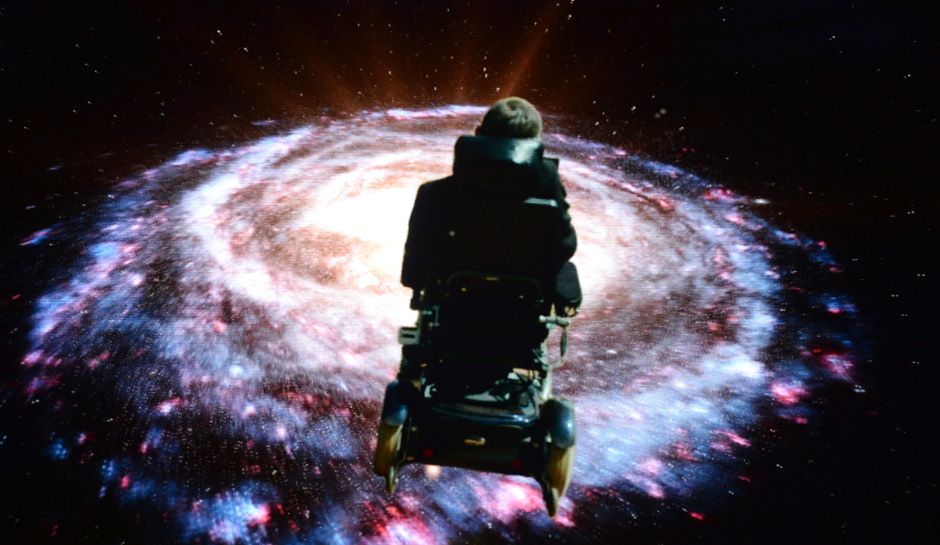Dec 12, 2015
Scientists Create Most Expensive Material on Earth, Costs $4.2 Billion per Ounce
Posted by Shailesh Prasad in categories: materials, mobile phones, particle physics, robotics/AI, transportation
$4.2 billion per ounce. That’s how much the most expensive material on Earth costs. Priced at £100m per gram, the most expensive material on Earth is made up of “endohedral fullerenes,” a cage of carbon atoms containing nitrogen atoms. It could help us make atomic clocks and accurate autonomous cars.
Current atomic clocks are the size of rooms. This material could allow us to make atomic clocks that fit in your smartphone.

